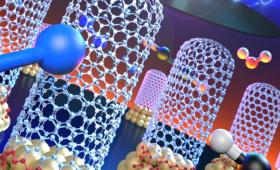Livermore scientists are scaling up the production of vertically aligned single-walled carbon nanotubes (SWCNT) that could revolutionize a diverse set of commercial products.
Science and Technology
in the News
Science and Technology
in the News
News Center

The United Nations Intergovernmental Panel on Climate Change, to which LLNL climate scientists have contributed, was jointly awarded the Gulbenkian Prize for Humanity.
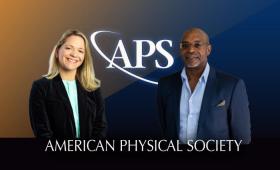
Two Lawrence Livermore scientists have been selected as 2022 fellows of the American Physical Society.
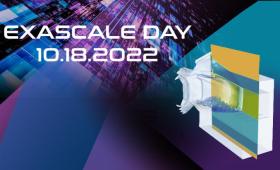
Livermore researchers are using the third generation of early access machines to port codes over to the future exascale system El Capitan.
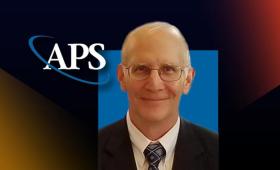
Bruce Remington has been honored with the American Physical Society’s 2023 George E. Duvall Shock Compression Science Award.
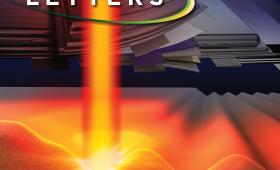
Researchers report on an ultrafast sintering method based on CO2 laser scanning with the assistance of a heating stage to process garnet-type solid-state electrolytes.
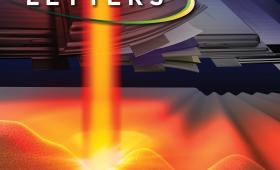
Livermore scientists have devised a method to fabricate all-solid-state lithium metal batteries.
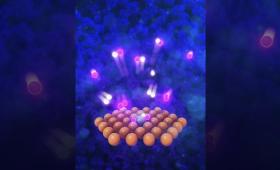
Livermore scientists develop a copper–titanium catalyst to mitigate use of precious metals.
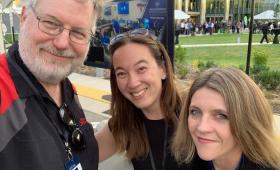
Members of Livermore’s DART spacecraft discuss being present at mission control during he world’s first planetary defense technology demonstration.
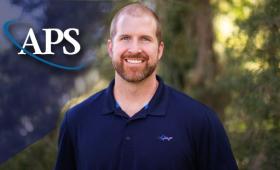
Livermore research scientist Richard Kraus is the recipient of the inaugural American Physical Society’s 2023 Neil Ashcroft Early Career Award for Studies of Matter at Extreme High Pressure Conditions.


